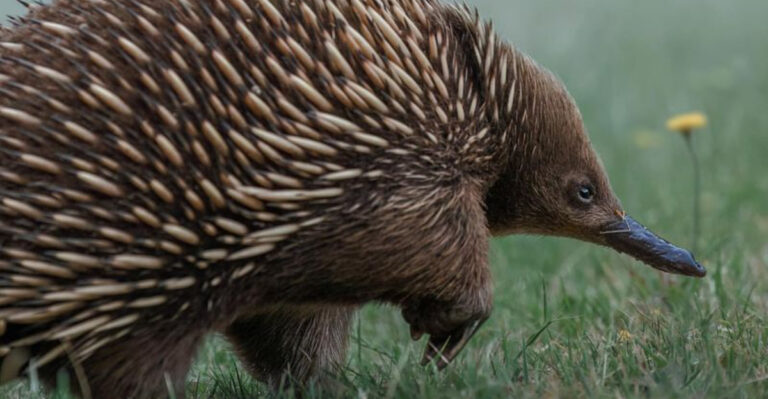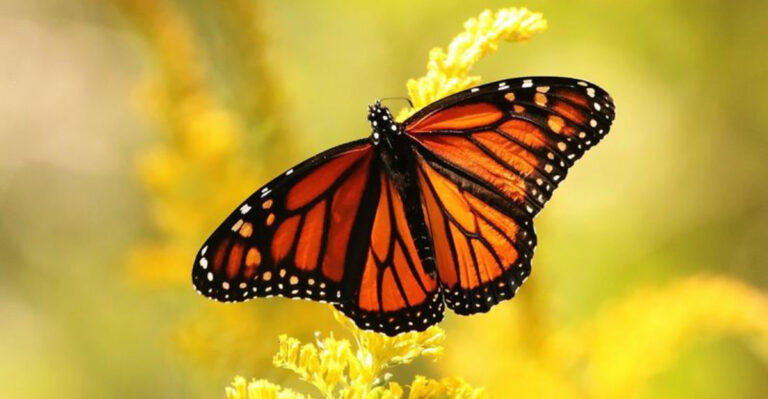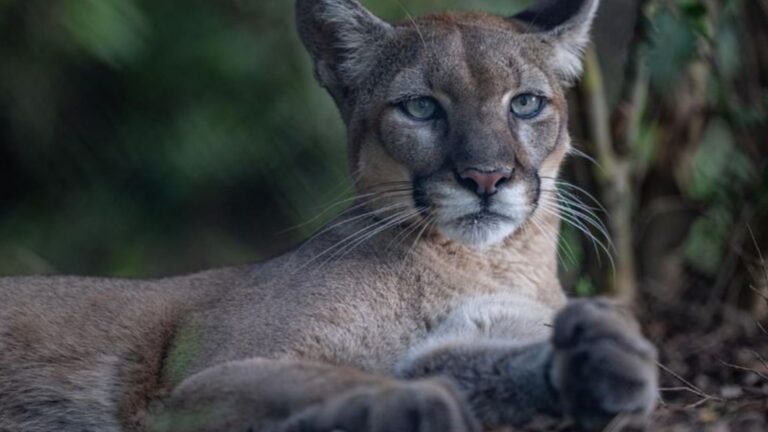15 Magnificent Wild Animals You Have To See To Believe
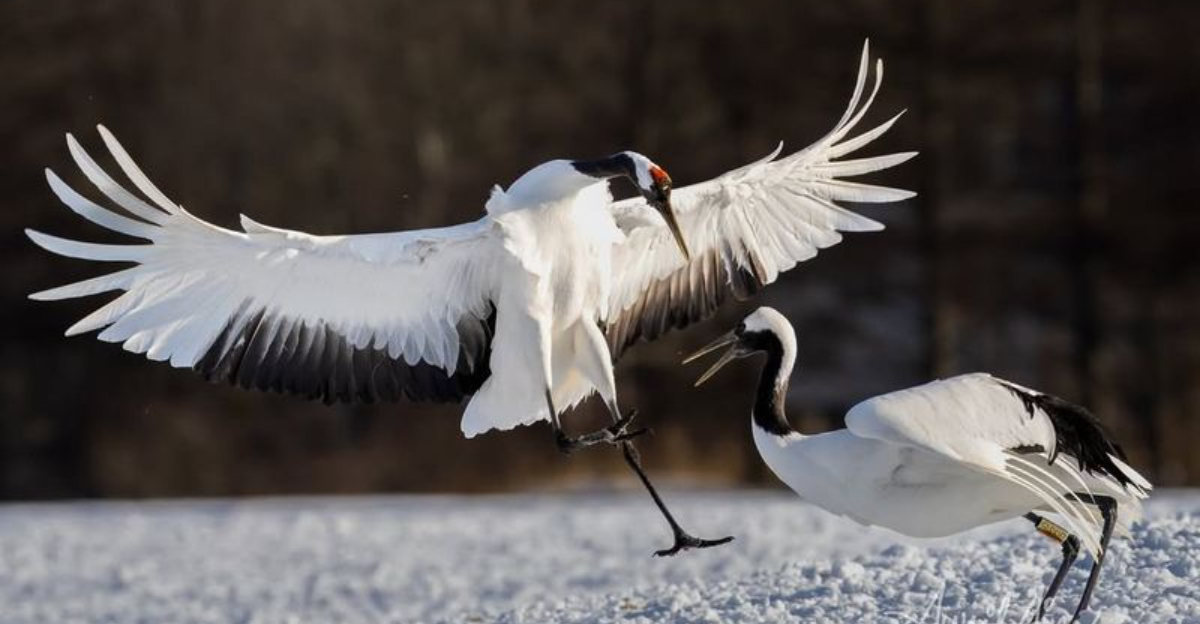
From the breathtaking beauty of the Bengal Tiger to the elusive charm of the Quokka, these wild animals showcase nature’s incredible diversity and power.
Each one possesses unique traits that make them a true wonder of the animal kingdom. Prepare to be amazed by these magnificent creatures, whose sheer presence will leave you in awe.
1. Narwhal
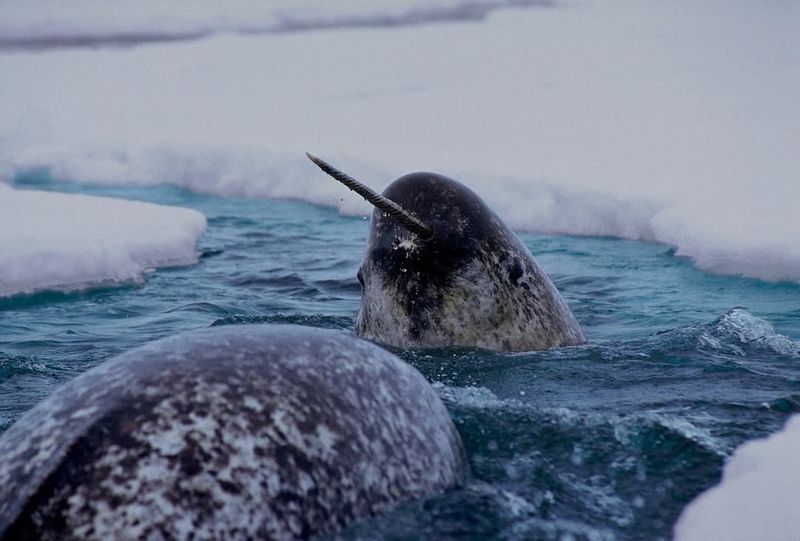
Narwhals, often referred to as the unicorns of the sea, captivate with their long, spiral tusks protruding from their heads. Found in Arctic waters, these tusks can grow up to ten feet long. Scientists believe the tusk may play a role in mating rituals or sensing the environment.
Narwhals travel in pods, creating clicks and whistles to communicate. Their elusive nature adds to their mystique.
2. Bengal Tiger
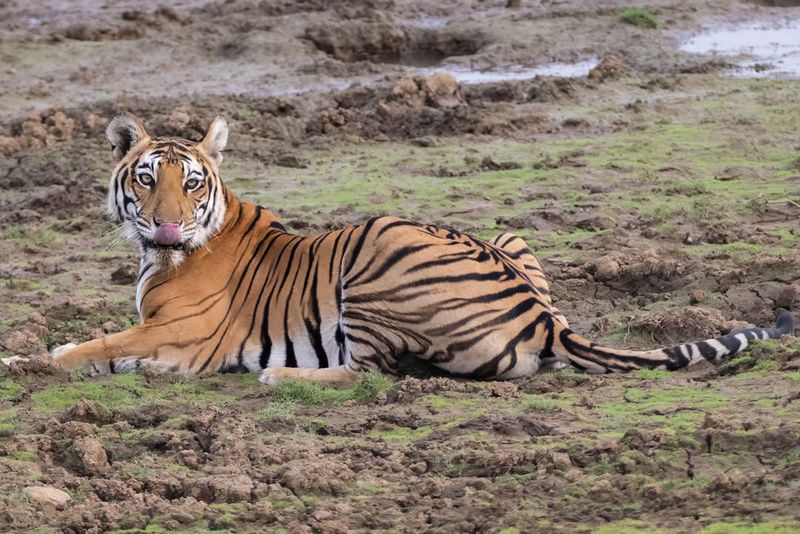
The Bengal tiger, known for its striking orange coat with black stripes, roams the dense forests of India and Bangladesh. As an apex predator, it plays a vital role in maintaining the balance of its ecosystem.
These solitary animals are known for their strength and agility. They hunt primarily at night, using their keen sense of hearing and sight.
3. Komodo Dragon
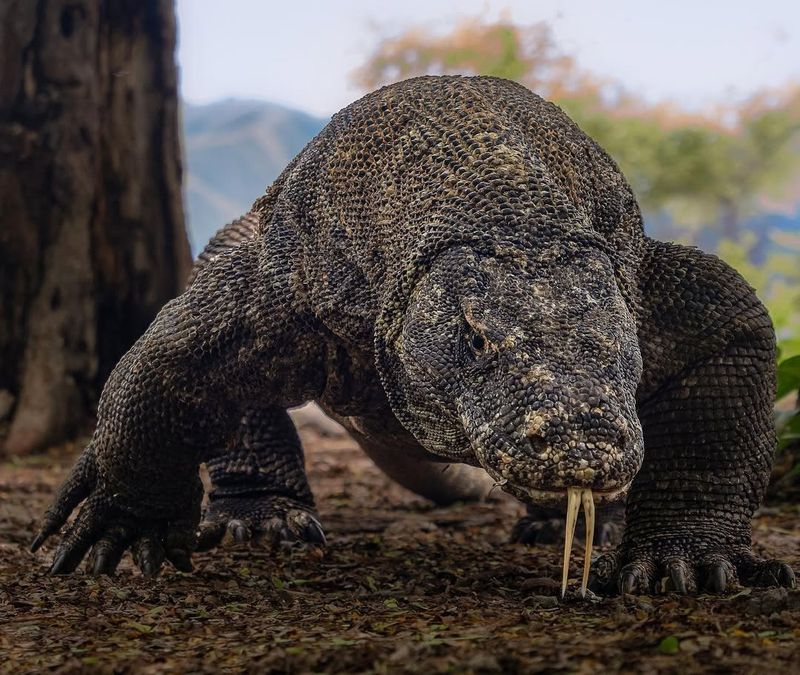
Komodo dragons are the largest living lizards, inhabiting the Indonesian islands of Komodo. These formidable reptiles can grow up to ten feet long. Known for their hunting prowess, they use their strong limbs and sharp teeth to pursue prey.
Komodo dragons have a keen sense of smell, detecting carrion from miles away. Their saliva contains bacteria, helping to immobilize victims.
4. American Bison
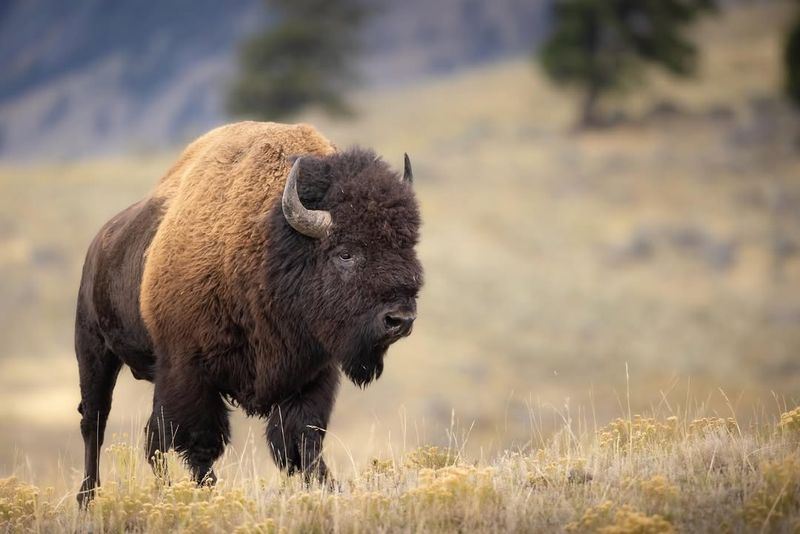
American bison, symbols of the Great Plains, are the largest terrestrial mammals in North America. With a robust build and shaggy brown coat, they roam the open grasslands in herds.
Bison play a crucial role in their ecosystem, grazing patterns influencing plant growth and biodiversity. Once on the brink of extinction due to overhunting, conservation efforts have helped their populations recover.
5. African Wild Dog
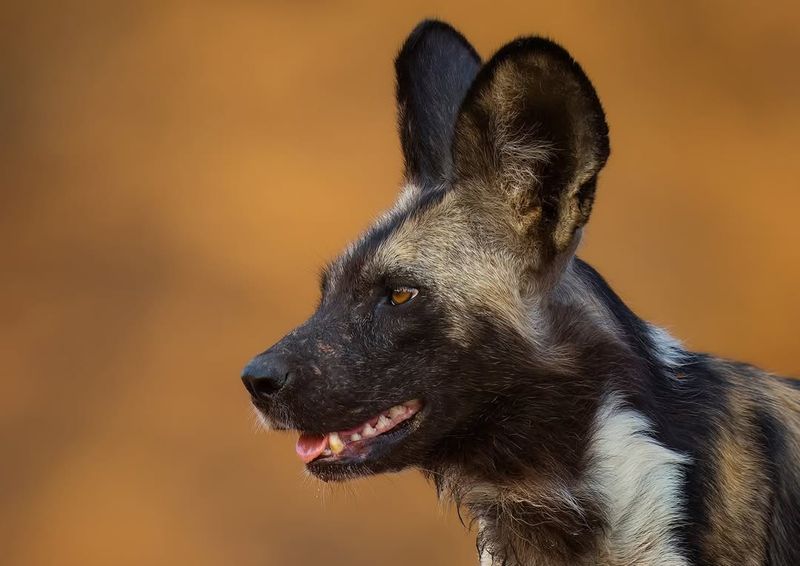
African wild dogs, known for their mottled coats and large ears, are highly social animals forming strong familial bonds. They hunt in packs, relying on teamwork and strategy to track prey across Africa’s savannahs.
Their coordinated efforts make them one of the most successful hunters. Facing threats from habitat fragmentation and disease, their numbers have dwindled, making them an endangered species.
6. Quokka
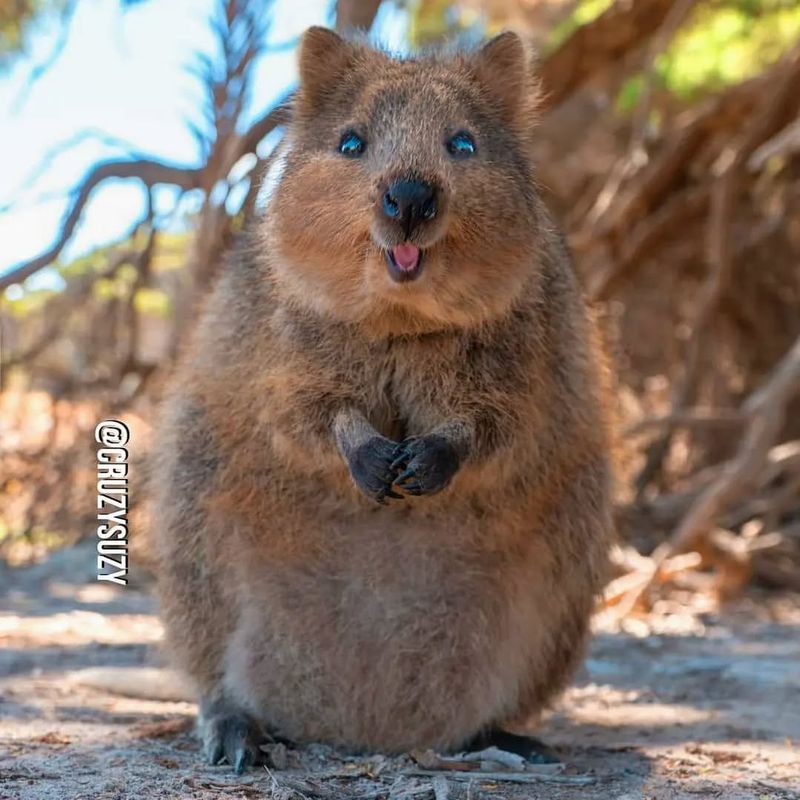
Quokkas, often dubbed the world’s happiest animals, delight with their friendly demeanor and perpetual smiles. Endemic to Rottnest Island, Australia, these marsupials enjoy a peaceful existence, munching on leaves and grasses.
Quokkas are largely nocturnal, preferring the cool of night for foraging. They have few natural predators, contributing to their approachable nature.
7. Harpy Eagle
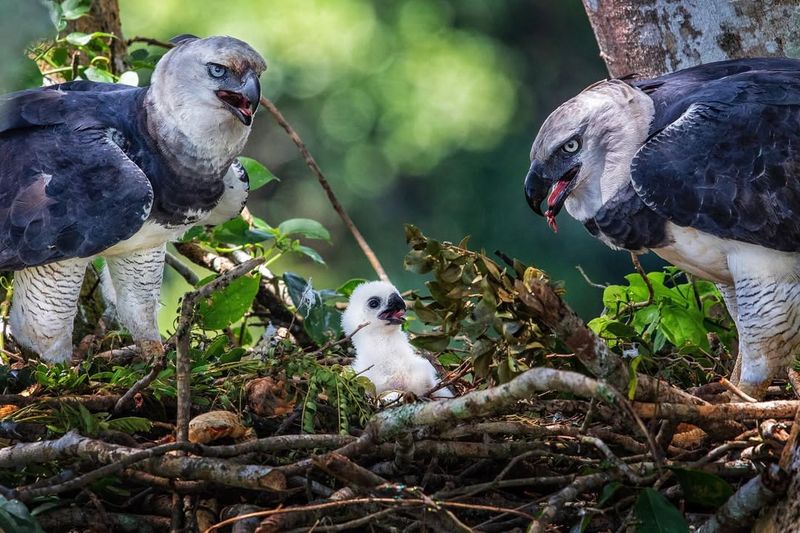
The Harpy Eagle, one of the world’s most powerful birds of prey, inhabits the tropical rainforests of Central and South America. With striking plumage and a wingspan that can reach seven feet, they are awe-inspiring.
Harpy eagles hunt monkeys and sloths, showcasing remarkable strength and agility. They build large nests high in the canopy, demonstrating their preference for remote habitats.
8. Snow Leopard
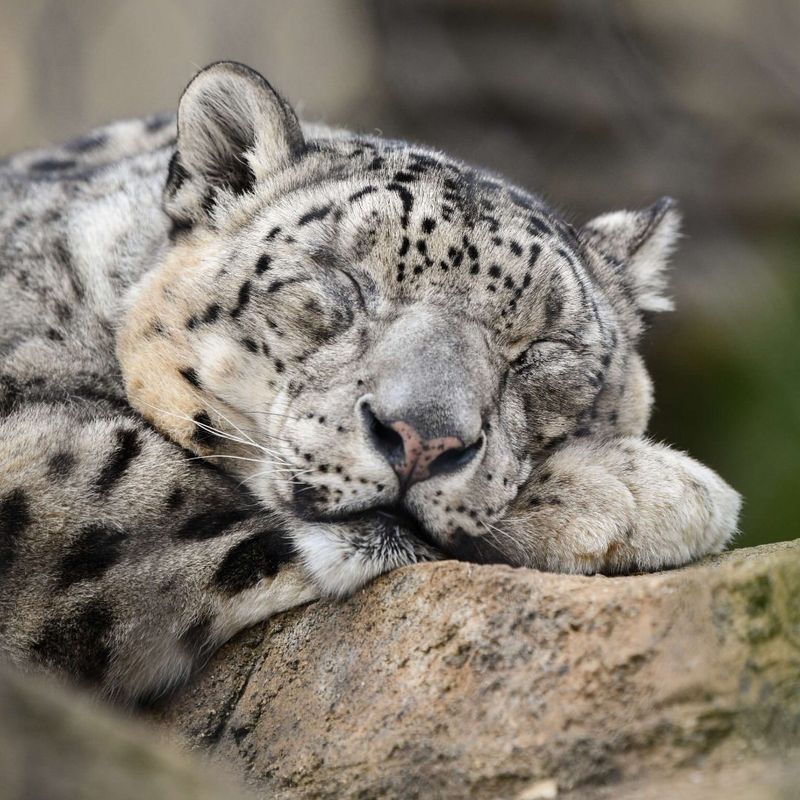
Snow leopards, elusive cats of the Himalayas, captivate with their thick, spotted coats and long tails. They inhabit high-altitude mountain ranges in Central Asia. Their large paws act as natural snowshoes, allowing them to traverse snowy terrain with ease.
Snow leopards are solitary predators, using stealth and strength to ambush prey. They face threats from poaching and habitat fragmentation.
9. Red-Crowned Crane
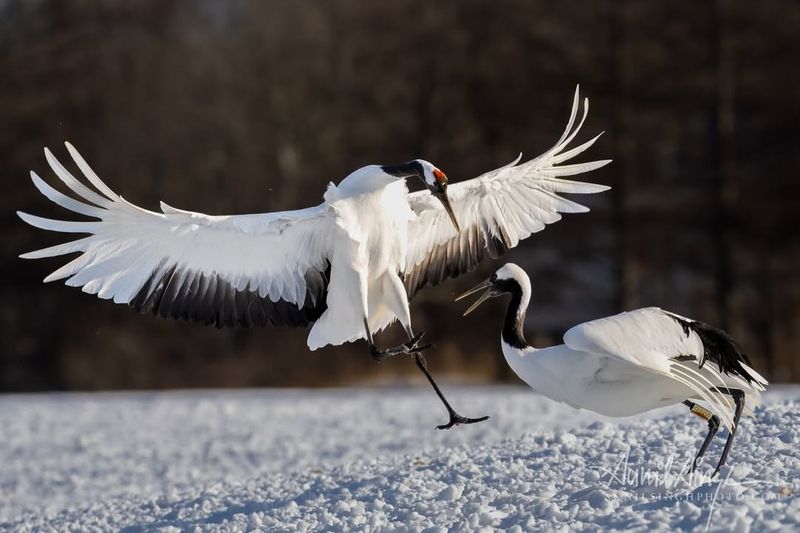
Red-crowned cranes, symbols of longevity and fidelity, grace the wetlands of East Asia with their elegant presence. These majestic birds stand over five feet tall, with striking red crowns.
Known for their elaborate courtship dances, they form monogamous pairs, often mating for life. Their populations are threatened by habitat loss and pollution, making them a focus of conservation efforts.
10. Axolotl
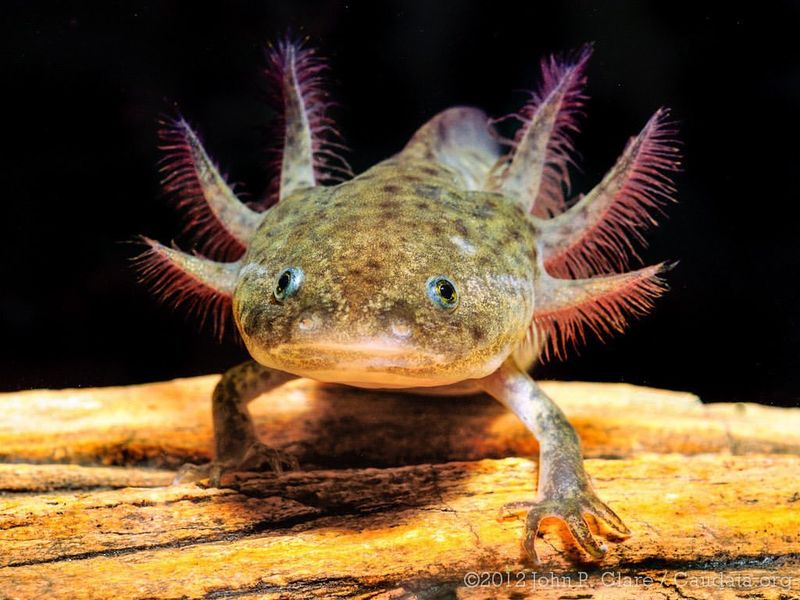
Axolotls, fascinating amphibians native to Mexico, are known for their regenerative abilities and aquatic nature. Unlike most amphibians, they retain their larval features into adulthood, including feathery gills and a finned tail.
This neoteny captivates scientists. Axolotls are largely nocturnal, inhabiting the remnants of Mexico City’s ancient lakes. Pollution and habitat loss threaten their existence, prompting conservation efforts.
11. Saiga Antelope
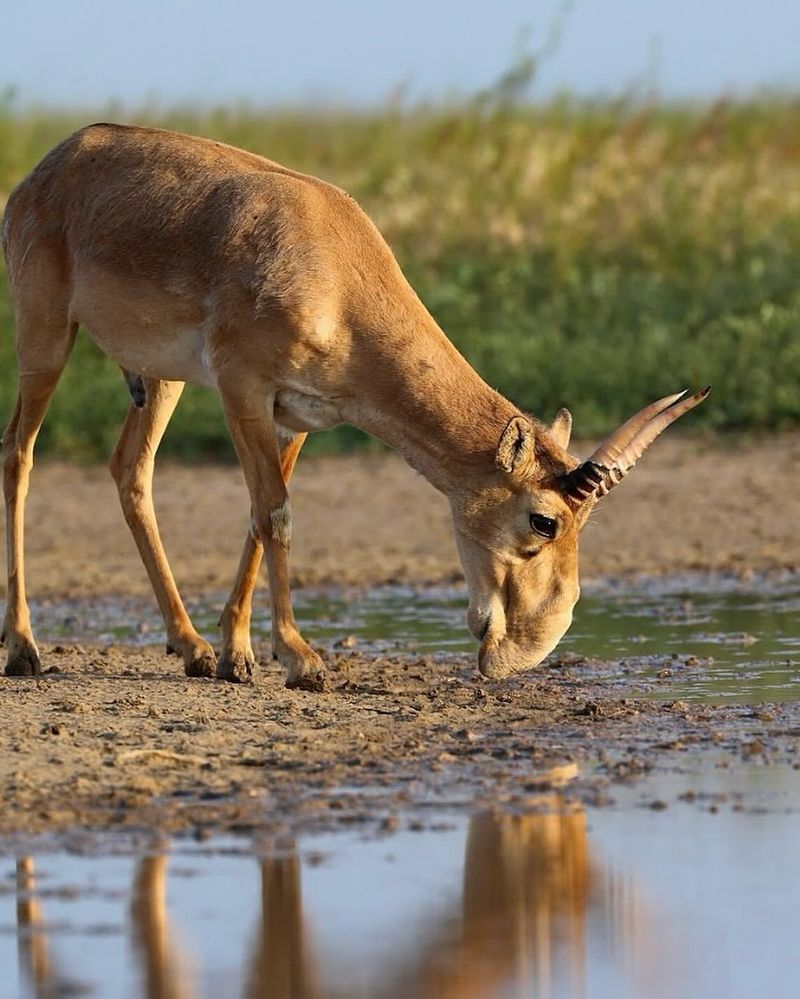
Saiga antelopes, with their distinctive bulbous noses, roam the steppes of Central Asia. These unique features help filter dust and regulate body temperature.
Saigas migrate across vast distances in search of food, showcasing remarkable endurance. However, they face severe threats from poaching and habitat degradation, leading to drastic population declines.
12. Philippine Eagle
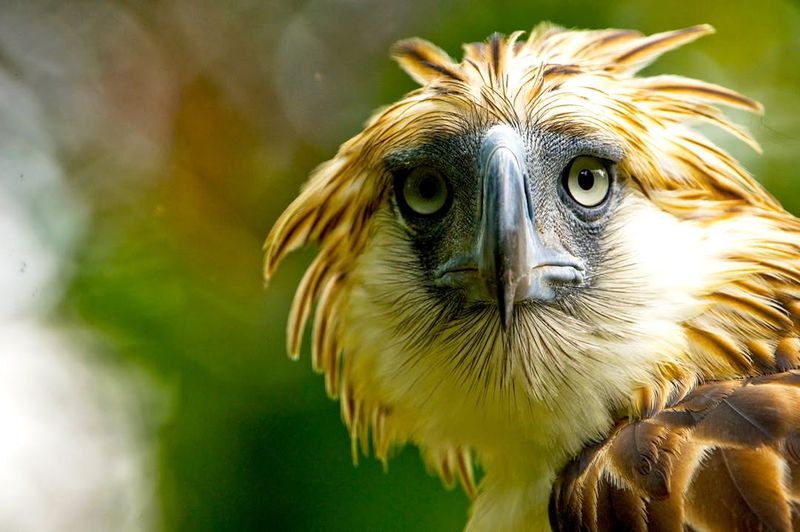
The Philippine eagle, one of the world’s largest eagles, commands respect with its impressive wingspan and striking appearance.
Endemic to the Philippines, it inhabits tropical rainforests, where it preys on monkeys and other animals. Deforestation and hunting pose significant threats, making it critically endangered. Conservation programs focus on habitat protection and breeding efforts.
13. Blue Dragon (Glaucus Atlanticus)
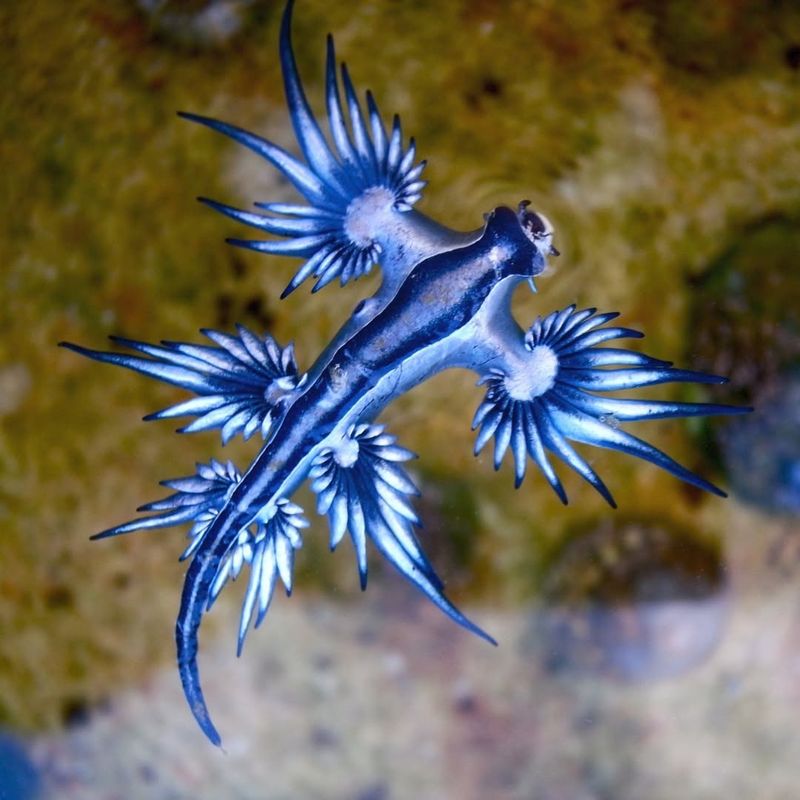
The Blue Dragon, or Glaucus Atlanticus, mesmerizes with its vibrant blue hues and intricate patterns. This small sea slug floats on the ocean’s surface, utilizing air bubbles for buoyancy.
It preys on venomous cnidarians, storing their toxins for defense. Despite its delicate appearance, the blue dragon is an effective predator. Found in warm ocean waters, they drift with the currents. Their striking coloration serves as a warning to potential threats.
14. Okapi
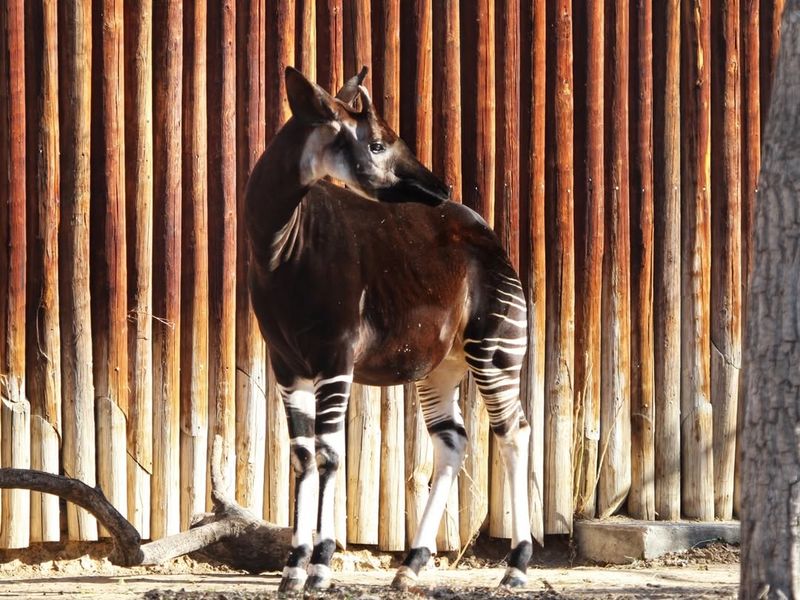
Okapis, often considered the giraffe’s elusive cousins, inhabit the dense rainforests of the Democratic Republic of the Congo. With zebra-like stripes on their legs and an elongated neck, they possess a unique appearance.
Okapis are solitary, browsing on leaves and fruits in the understory. Despite their reclusive nature, they play a crucial role in their ecosystem.
15. Aye-Aye
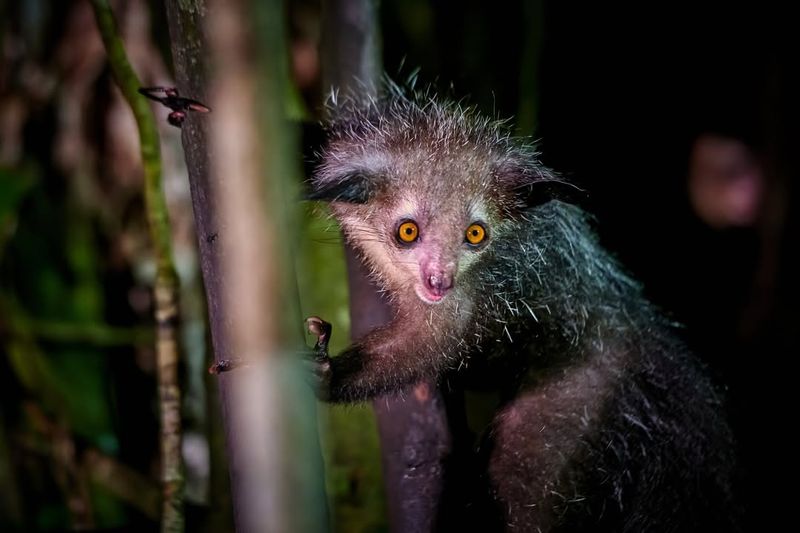
The aye-aye, an unusual primate native to Madagascar, intrigues with its large eyes and elongated middle finger. This nocturnal creature uses its finger to tap on tree bark and extract insects, showcasing specialized foraging techniques.
Aye-ayes inhabit dense forests, relying on their keen sense of hearing to locate prey. They face threats from habitat destruction and superstition, as they are often considered omens.

